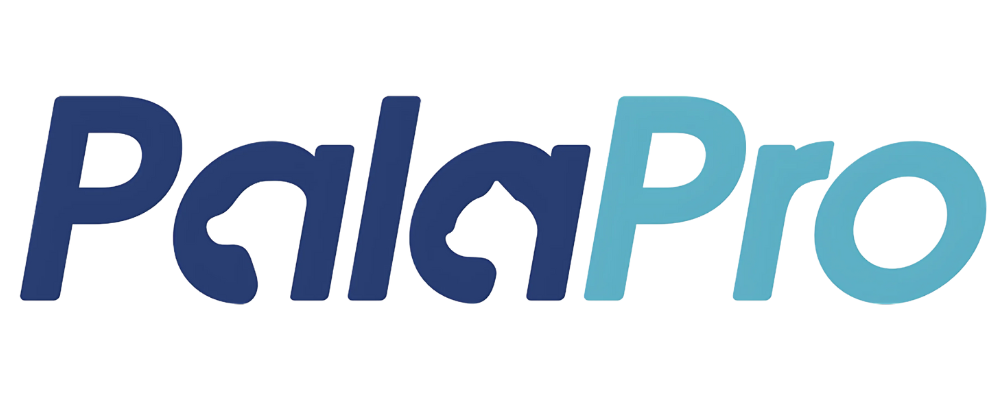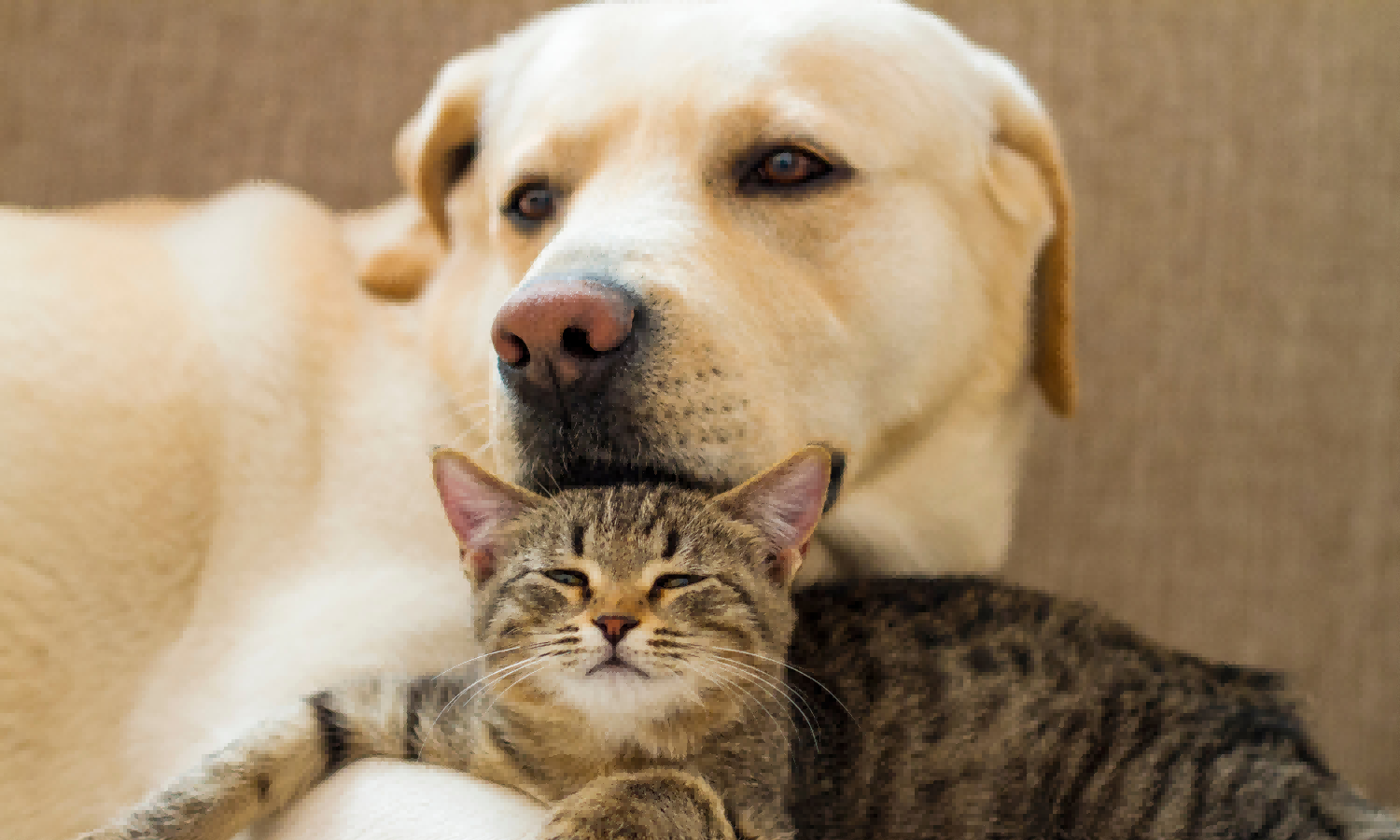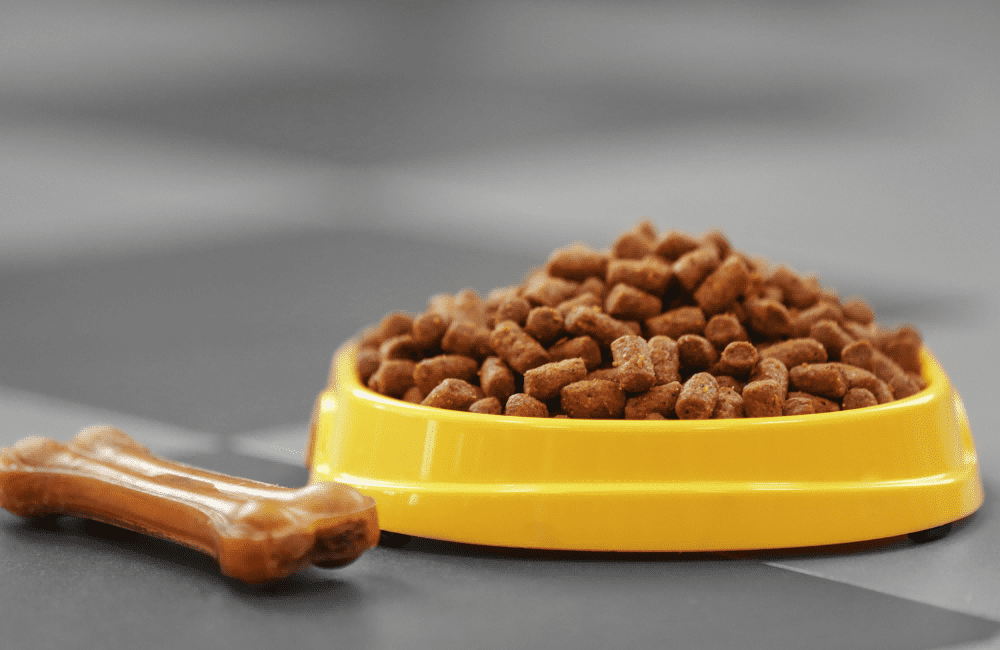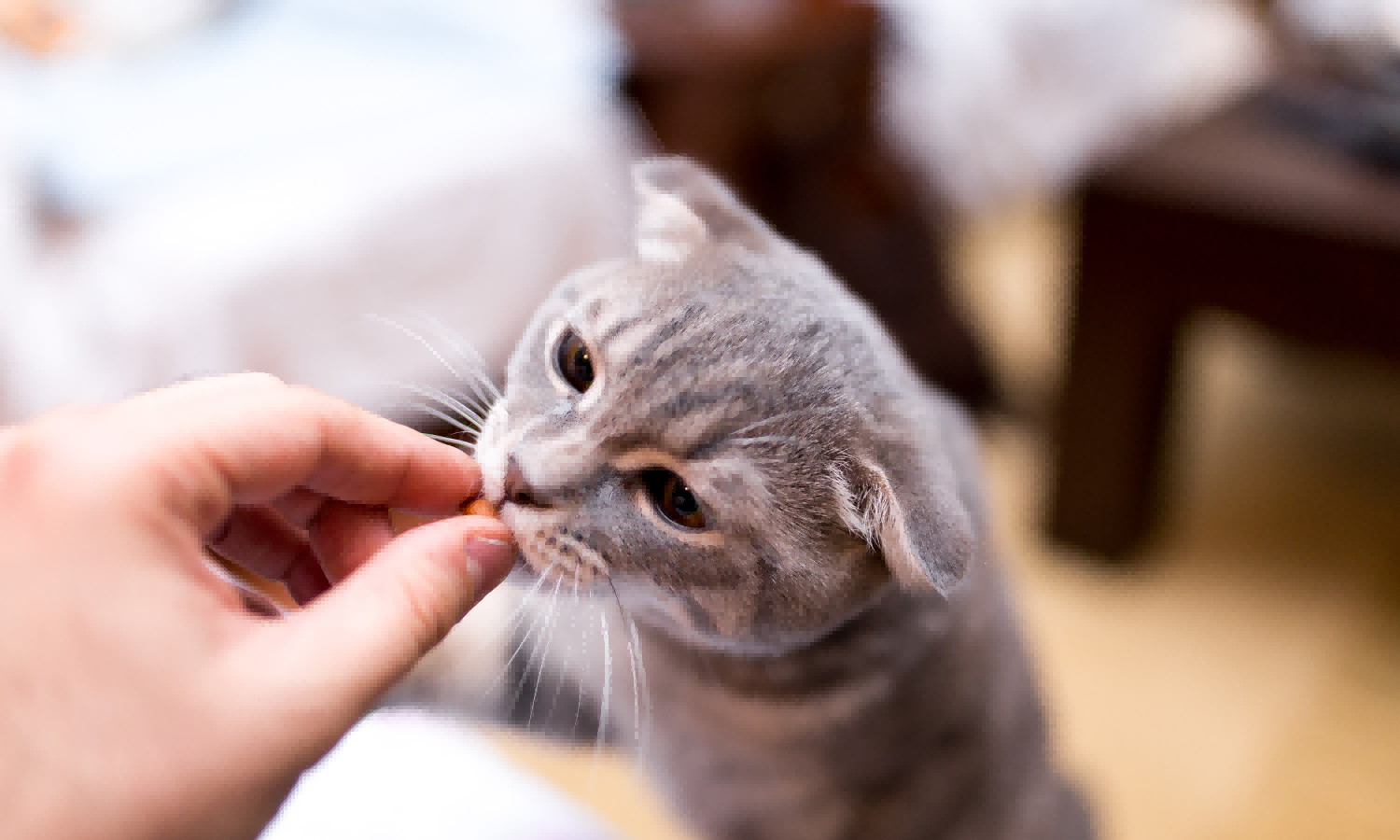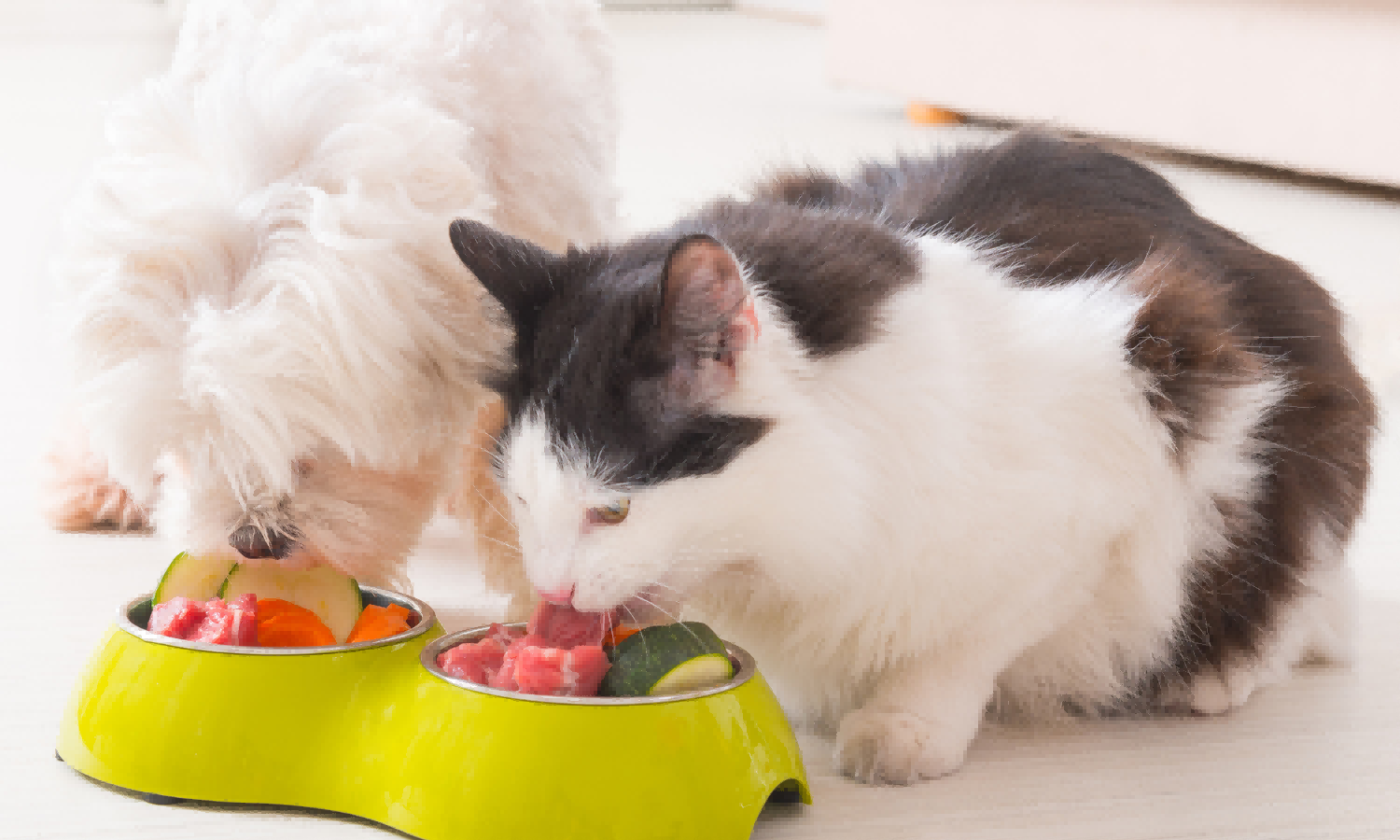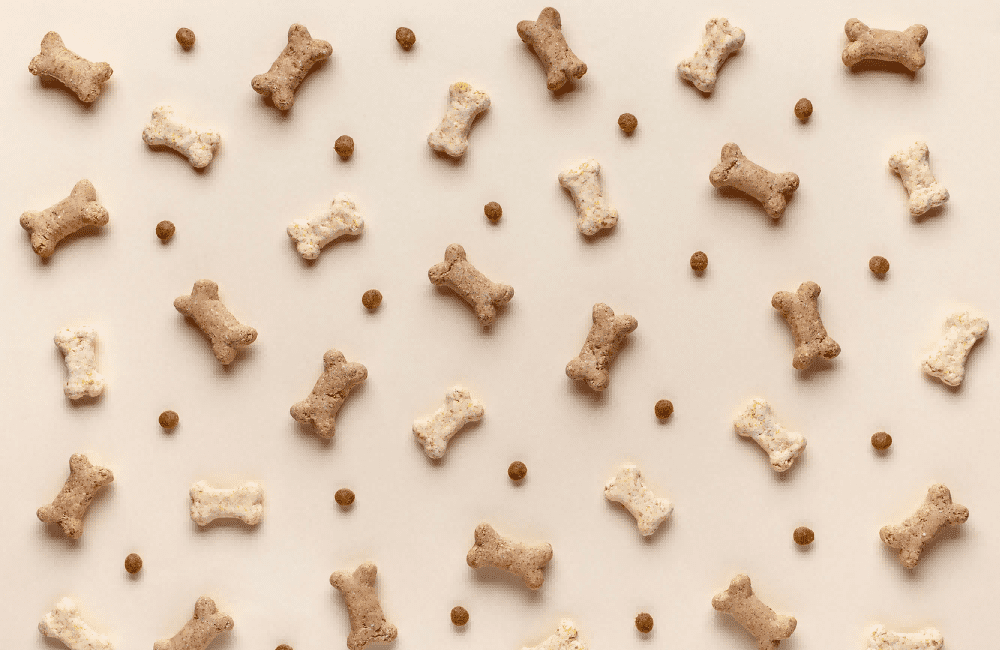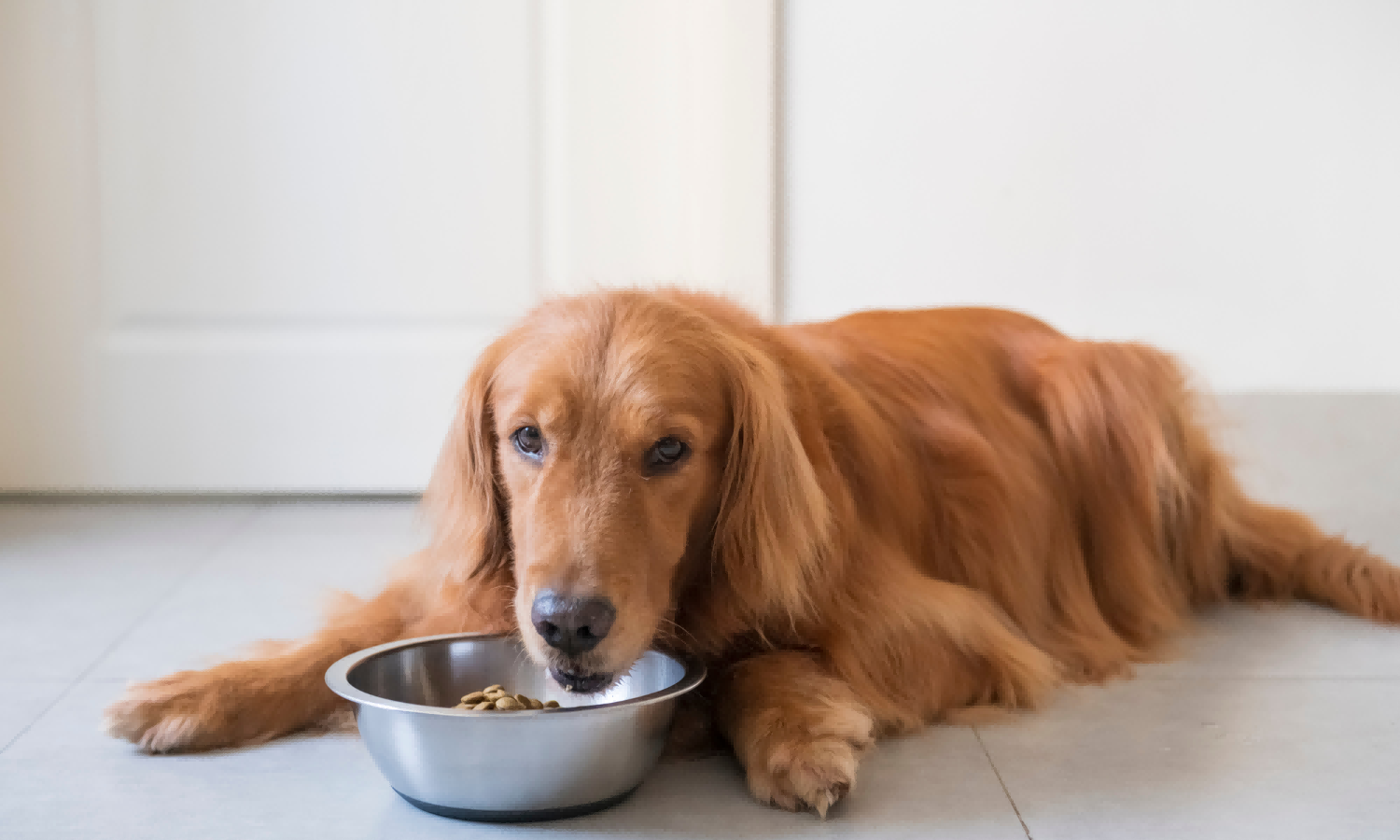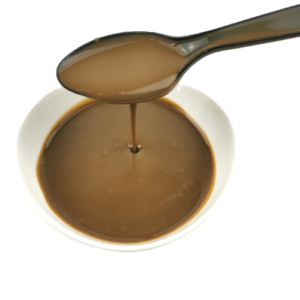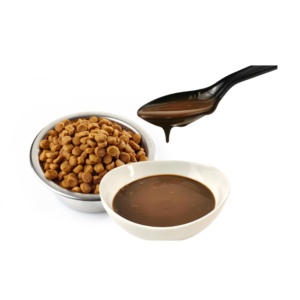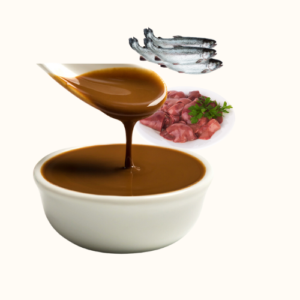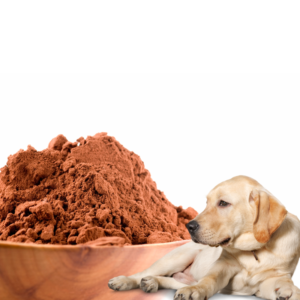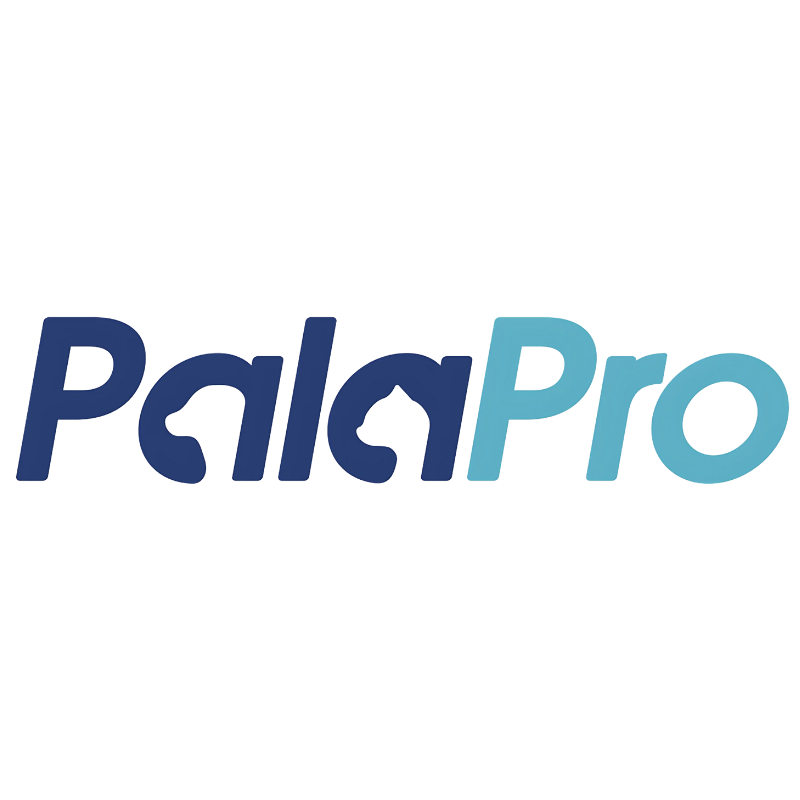Palatability Enhancers in Cat Feed
Meta Description: Discover the role of palatability enhancers in cat feed. Learn how they improve taste, quality, and nutrition to boost sales. Explore pet food palatants at profypet.com for manufacturers and wholesalers.
As a pet food manufacturer or wholesaler, you’re no stranger to the delicate balance between quality, nutrition, and taste. When it comes to feeding cats, getting the taste just right can be one of the toughest challenges. Cats, known for their finicky eating habits, require a precise blend of ingredients that not only fulfill their nutritional needs but also delight their taste buds. This is where palatability enhancers come into play, and their importance cannot be overstated.
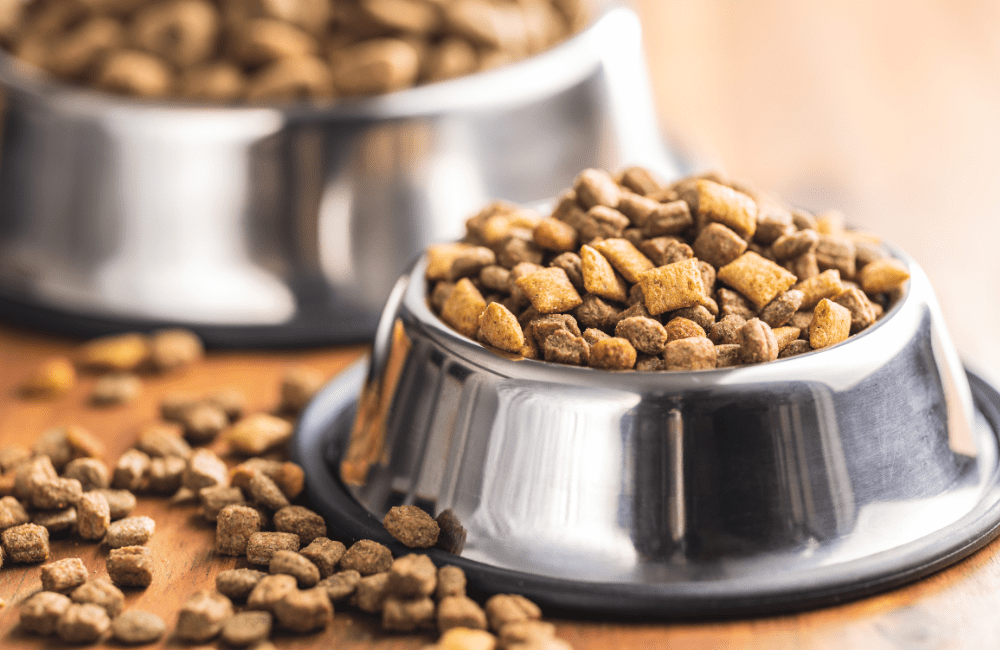
What Are Palatability Enhancers?
Palatability enhancers are additives used in pet food to improve its taste and aroma, making it more appealing to pets, especially cats. These enhancers work by stimulating the taste receptors, encouraging the pet to consume the food more willingly. In essence, they play a key role in ensuring that your cat food products are not only nutritious but also irresistible to the feline palate.
These enhancers are particularly vital in the production of high-quality pet foods, as they help to mask any bitter or unpleasant flavors that may arise from the addition of certain vitamins, minerals, or high-protein ingredients. By improving taste, palatability enhancers increase the likelihood of repeat purchases from customers, which is why they are considered a crucial component in the pet food industry.
Types of Palatability Enhancers for Cat Feed
Several different types of palatability enhancers are available in the market. Below are some of the most commonly used ones:
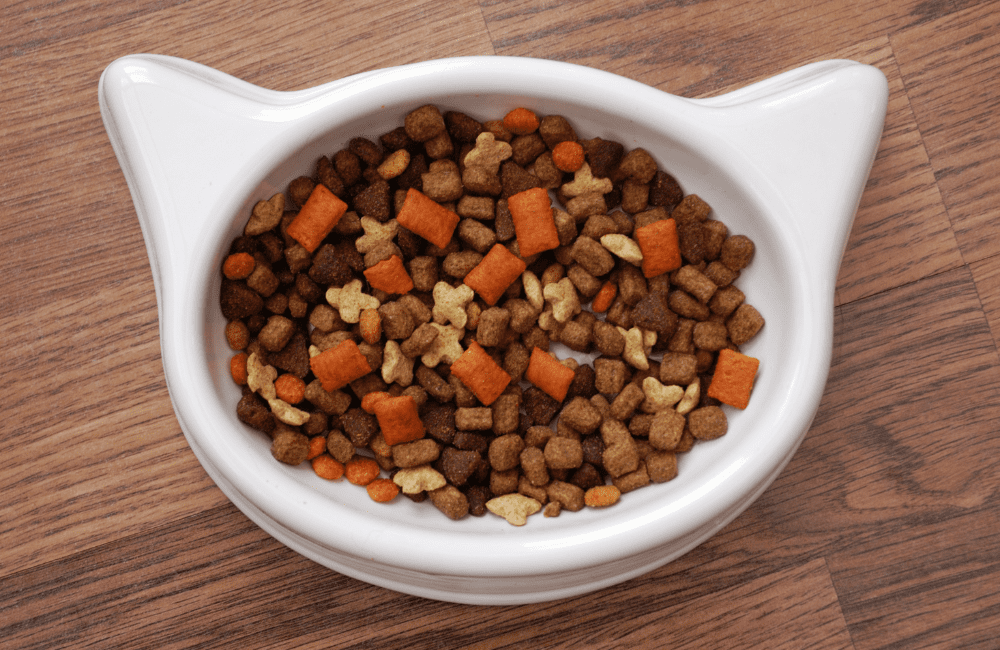
1. Amino Acids and Peptides
Amino acids are essential for both the health of the cat and the appeal of the food. They are naturally present in animal proteins, but adding them as a palatability enhancer can significantly improve the food’s taste. Peptides, which are shorter chains of amino acids, also contribute to enhancing flavor by providing a savory taste. These are particularly effective for cats as they naturally crave protein-rich foods.
2. Animal-Based Protein Hydrolysates
This is one of the most common palatability enhancers used in cat food. Animal-based protein hydrolysates are derived from breaking down proteins into smaller fragments, making them more flavorful and easier for cats to digest. They often have a meaty or fishy aroma, which is highly appealing to cats. This type of enhancer is ideal for both dry and wet cat foods.

3. Fatty Acids and Omega Oils
Fatty acids, particularly omega-3 and omega-6 oils, not only contribute to a cat’s overall health but also enhance the flavor of the food. These oils, often sourced from fish, can add a rich, savory flavor to pet food, making it more attractive to finicky cats. Additionally, the added health benefits of these oils, such as improved skin and coat condition, are a bonus for pet owners.
4. Yeast Extracts
Yeast extracts are a popular choice for enhancing palatability in pet foods. They are rich in glutamates, which enhance umami—the fifth taste sensation—providing a savory, mouthwatering flavor. This is particularly effective for cats that are not easily pleased by simple ingredients. Yeast extracts can be used in both dry and wet foods, enhancing their aroma and overall appeal.

5. Flavor Enhancing Additives
Certain flavor-enhancing additives, such as natural flavorings derived from herbs, fruits, or vegetables, can also be added to cat food to improve its taste profile. These additives do not only serve as a flavor enhancement but also provide added nutrients. For example, pumpkin or sweet potato can add a natural sweetness and nutritional benefits while still satisfying a cat’s craving for flavor.
Why Are Palatability Enhancers Important for Cat Feed?
1. Increased Consumption and Appetite
Cats, by nature, are picky eaters. They can easily turn away from food that doesn’t meet their taste preferences, even if it’s packed with essential nutrients. Palatability enhancers ensure that the food is not only nutritious but also irresistible. This is particularly important for cats that are on special diets or those that have medical conditions requiring specific types of food.
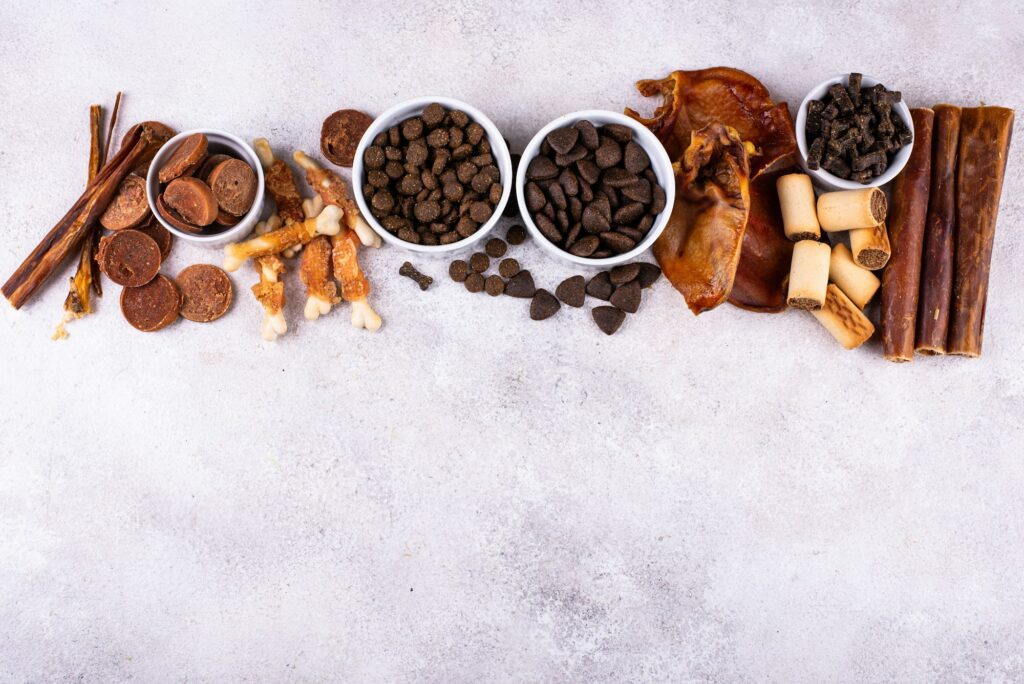
2. Improved Nutrient Absorption
When cats eat food that they enjoy, they are more likely to finish their meal. This results in better nutrient absorption. With palatability enhancers, the chances of a cat consuming the entire meal increase, ensuring that they get all the nutrients they need for optimal health.
3. Reduced Food Waste
For pet food manufacturers and wholesalers, food waste can be a significant concern, especially when introducing new or premium products. If a cat refuses to eat a product because of poor palatability, it results in wasted resources. Enhancing the palatability of cat food reduces this risk and leads to higher customer satisfaction, ultimately improving the overall sales of the product.
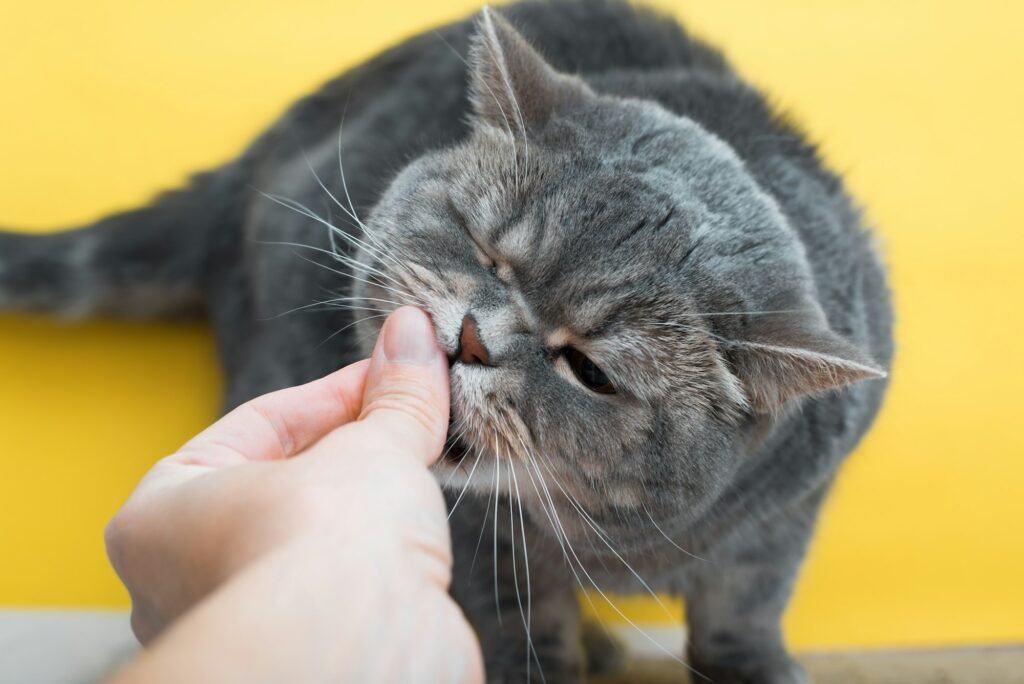
4. Competitive Advantage in the Market
With the pet food industry being so competitive, offering a product that stands out can be difficult. By using high-quality palatability enhancers, manufacturers can create more appealing and enjoyable products, giving them a competitive edge in the market. This can lead to repeat customers, brand loyalty, and positive word-of-mouth recommendations.
How Do Palatability Enhancers Affect the Bottom Line?
For pet food manufacturers and wholesalers, investing in palatability enhancers can directly affect the bottom line in several ways:
1. Increased Sales
When cats are more inclined to eat the food, it increases the likelihood of owners purchasing the same brand again. This leads to higher sales volume for manufacturers and wholesalers. Additionally, with satisfied customers, there’s a higher chance of gaining new buyers through positive reviews and word of mouth.
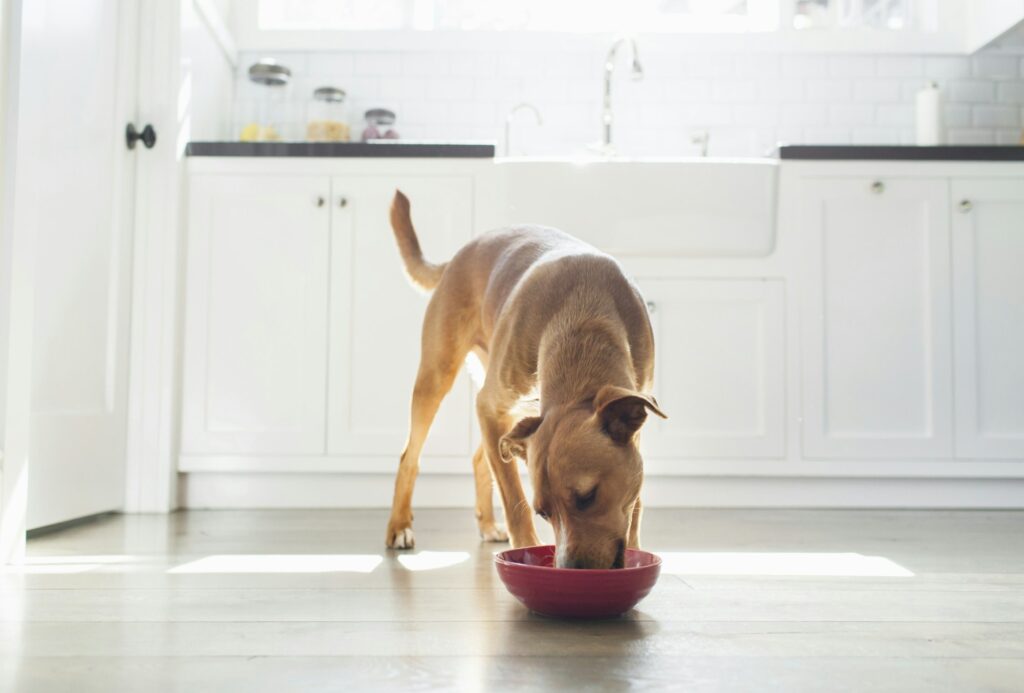
2. Better Brand Reputation
Palatability enhancers contribute to higher-quality products, which in turn strengthens the reputation of the brand. Pet owners are more likely to recommend products that their pets love, which helps in expanding the customer base. Manufacturers who consistently produce delicious and nutritious products benefit from long-term customer trust.
3. Lower Return Rates
Products that are well-received by pets are less likely to be returned. As a result, manufacturers and wholesalers can reduce the cost and effort involved in processing returns, leading to better profitability and a more streamlined operation.
Real-Time Trends in the Use of Palatability Enhancers
Growing Demand for Natural Ingredients
Consumers are increasingly looking for natural ingredients in their pet food. According to recent market trends, there has been a shift toward using natural, plant-based, and sustainable palatability enhancers. Ingredients like nutritional yeast, vegetable protein isolates, and plant-based oils are growing in popularity. This aligns with the broader trend in the pet food industry toward more eco-friendly and health-conscious choices.
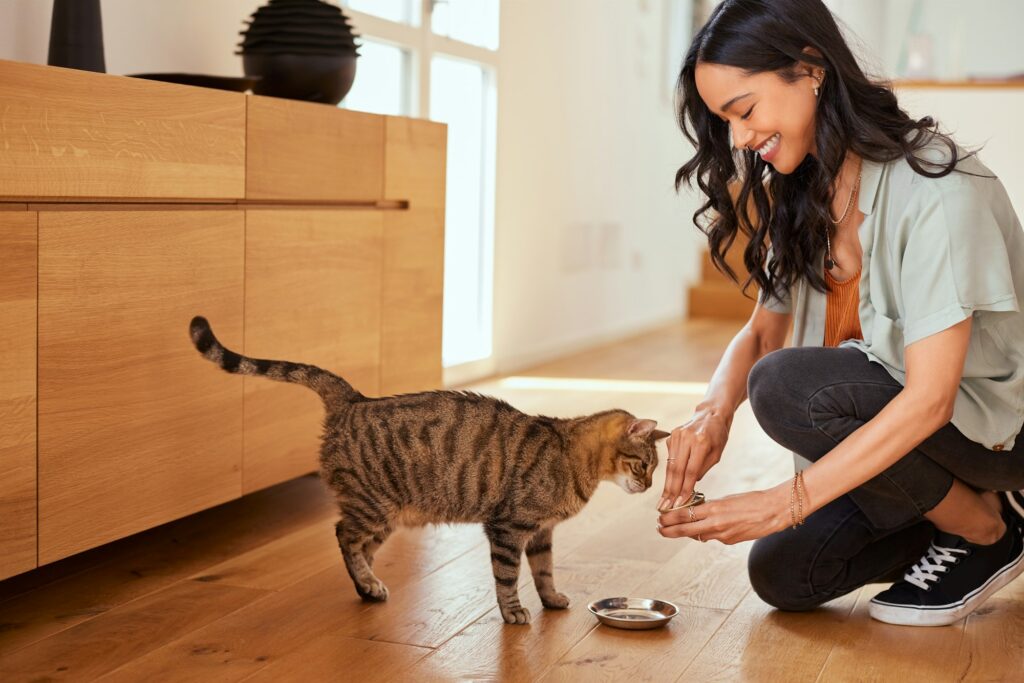
The Rise of Functional Ingredients
Alongside traditional flavor enhancers, functional ingredients are becoming more common in pet food formulations. For instance, probiotics, prebiotics, and digestive enzymes are often added not only for their health benefits but also for improving taste and texture. This dual-purpose approach is appealing to both pet owners and manufacturers.
Choosing the Right Palatability Enhancer
When selecting palatability enhancers for cat feed, it’s important to consider both the nutritional needs of the cats and the desired taste profile. Not all cats are the same, and their preferences can vary widely. Working with a trusted pet food palatants manufacturer that can provide tailored solutions is key to ensuring that your product meets the diverse needs of your feline customers.
At Profypet, we specialize in high-quality palatability enhancers that not only make your products more appealing to cats but also ensure they are nutritionally balanced. With decades of expertise in the pet food industry, we can provide you with the right solutions to elevate your cat feed products to the next level.
Conclusion
Palatability enhancers are an essential ingredient in crafting high-quality cat food that not only satisfies the nutritional needs of cats but also ensures they enjoy every bite. Whether you are a pet food manufacturer, wholesaler, or factory, the right palatability enhancer can make all the difference in your product’s success. By enhancing the taste and aroma, you improve consumption, reduce food waste, and ultimately, boost your sales. Explore the power of pet food palatants and palatability enhancers and ensure your products stand out in the competitive pet food market.
For more information and to explore our range of palatability enhancers, visit Profypet.
